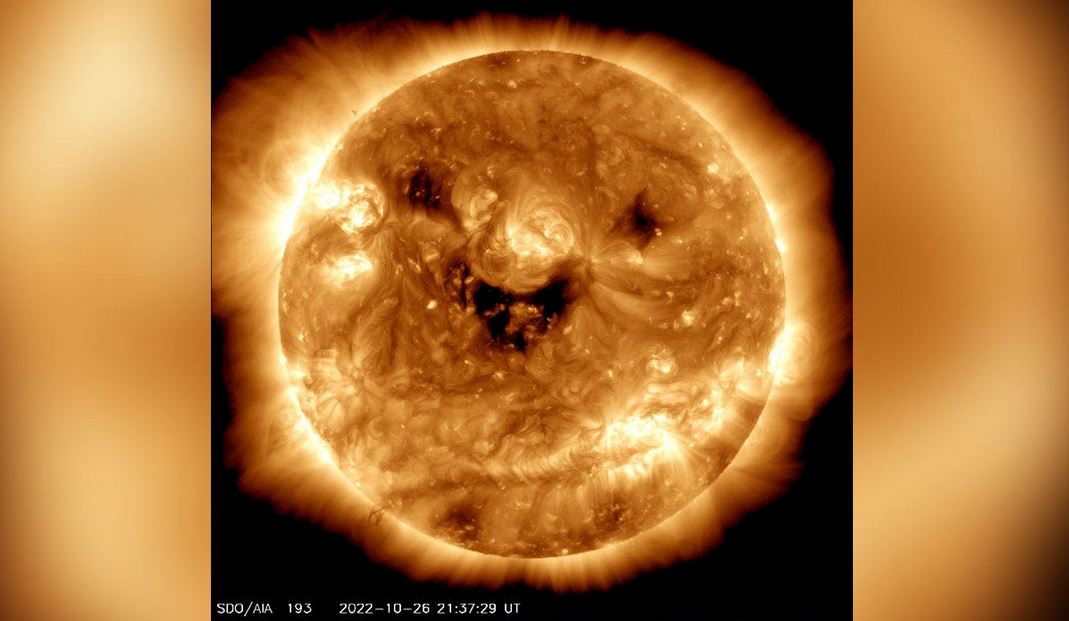🌌 What is a Coronal Hole?
A coronal hole is an area on the Sun where the magnetic field opens up and lets solar wind escape more easily. These regions appear darker in X-ray and ultraviolet images. When that stream of fast-moving solar particles hits Earth, it can cause geomagnetic storms, which affect satellites, communications, and power grids.
🌍 Earthquakes = Plate Tectonics
On the other hand, earthquakes happen due to the movement of tectonic plates. The Earth's crust shifts along fault lines, releasing built-up stress. These are geological events, not atmospheric or magnetic ones.
So... Can a Coronal Hole Cause an Earthquake?
Scientific consensus says no.
There’s no verified mechanism by which a coronal hole or solar wind could directly trigger an earthquake. The Earth’s crust is just too massive and governed by internal geophysical forces like:
- Plate movement
- Volcanic activity
- Subduction zones
However...
⚠️ Where It Gets Murky
There have been a few studies and anecdotal correlations suggesting that solar activity (like geomagnetic storms) might influence seismic activity indirectly—maybe through changes in electromagnetic fields or atmospheric pressure. But:
- The data is inconsistent
- No causation has been proven
- It's not accepted in mainstream geophysics
So at best, it’s a fringe hypothesis that needs a lot more evidence.
Coronal holes can mess with GPS and power grids, but they’re not causing earthquakes—at least, not according to any solid science we’ve got right now
